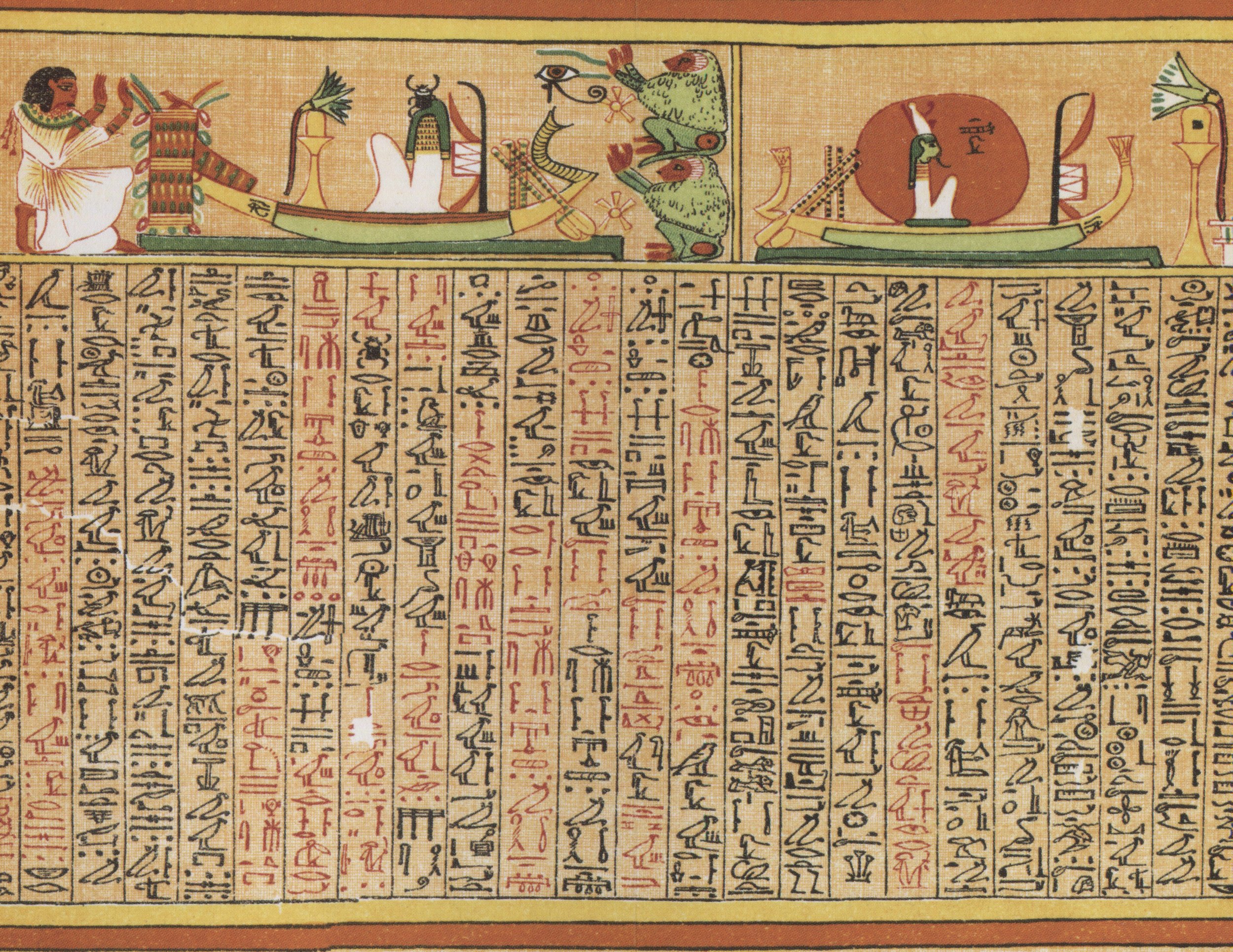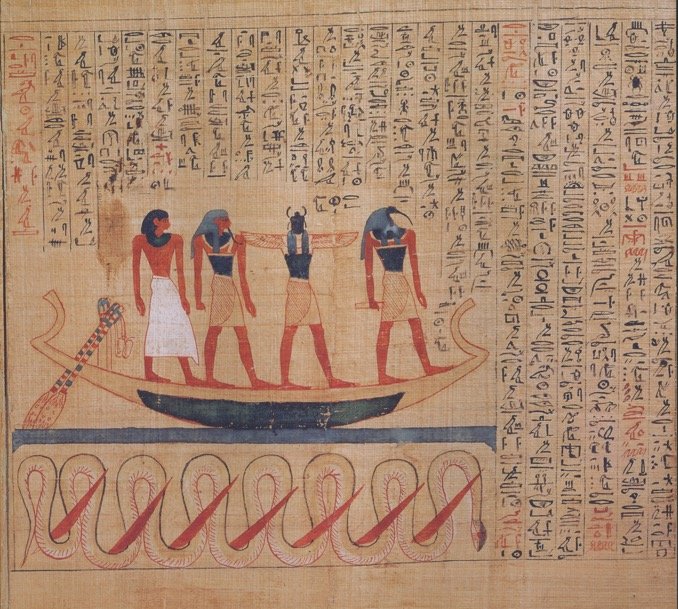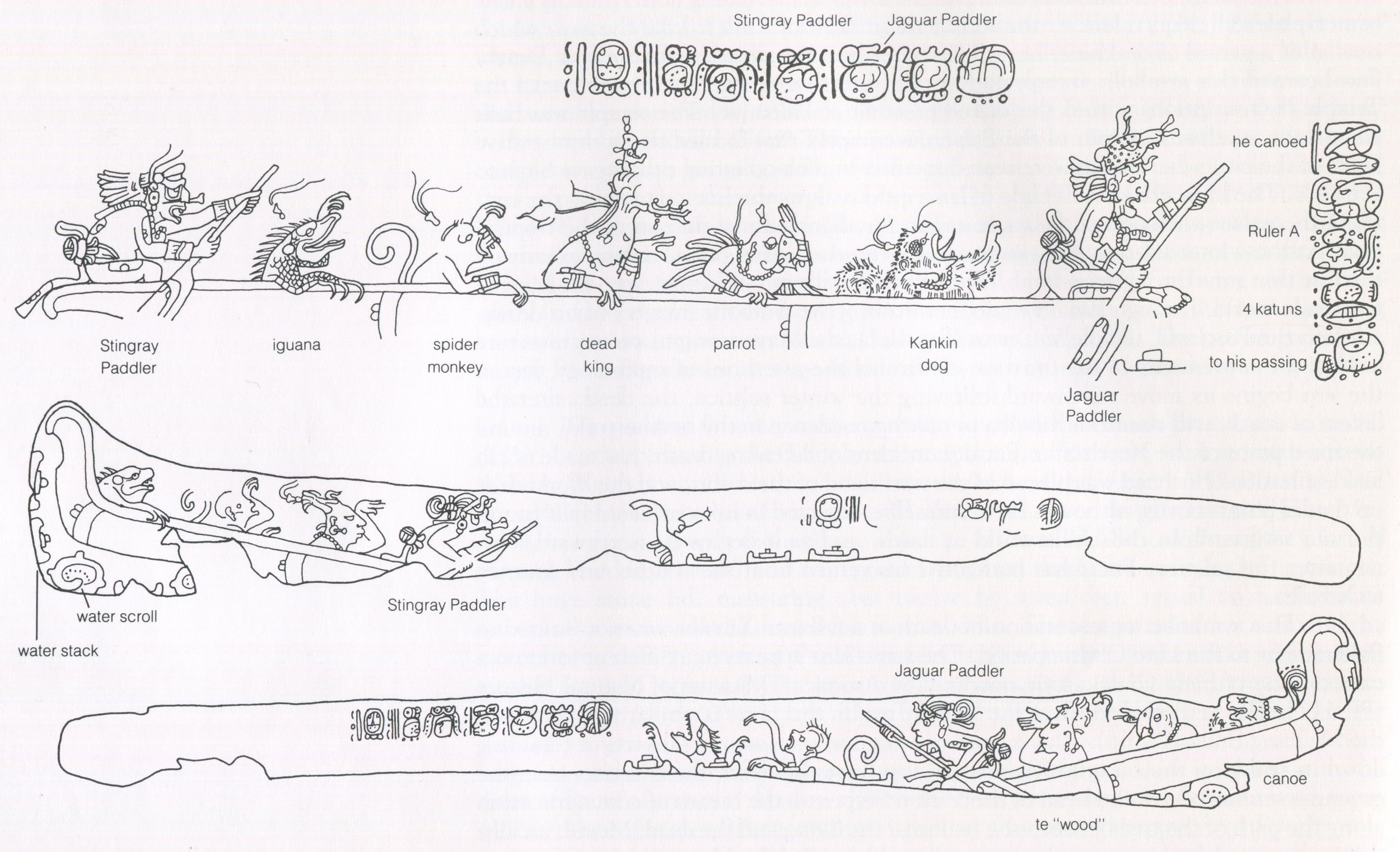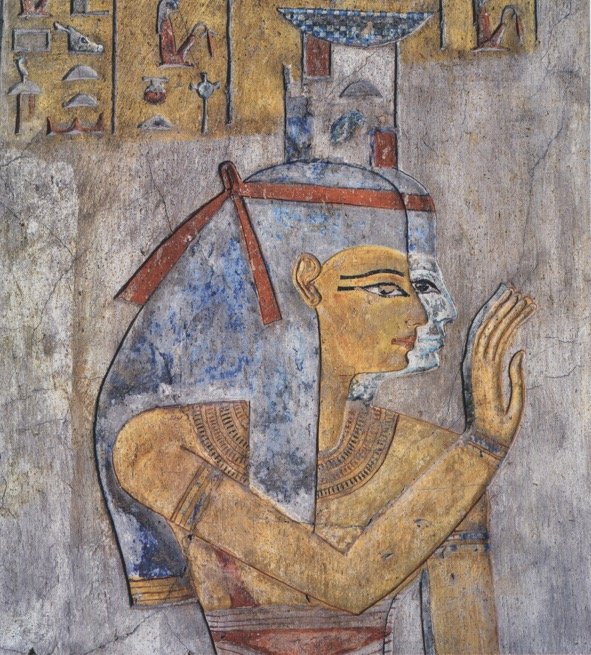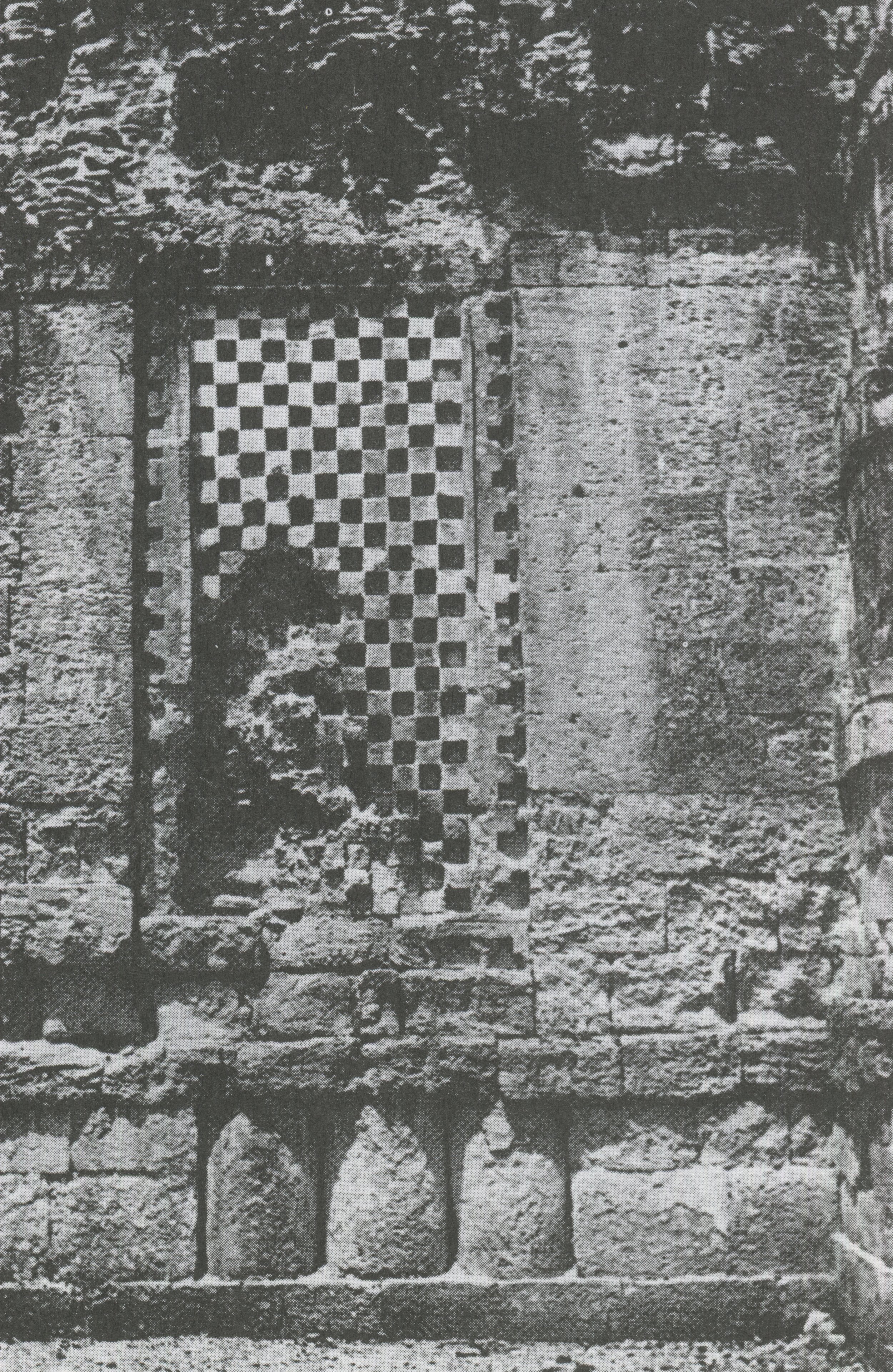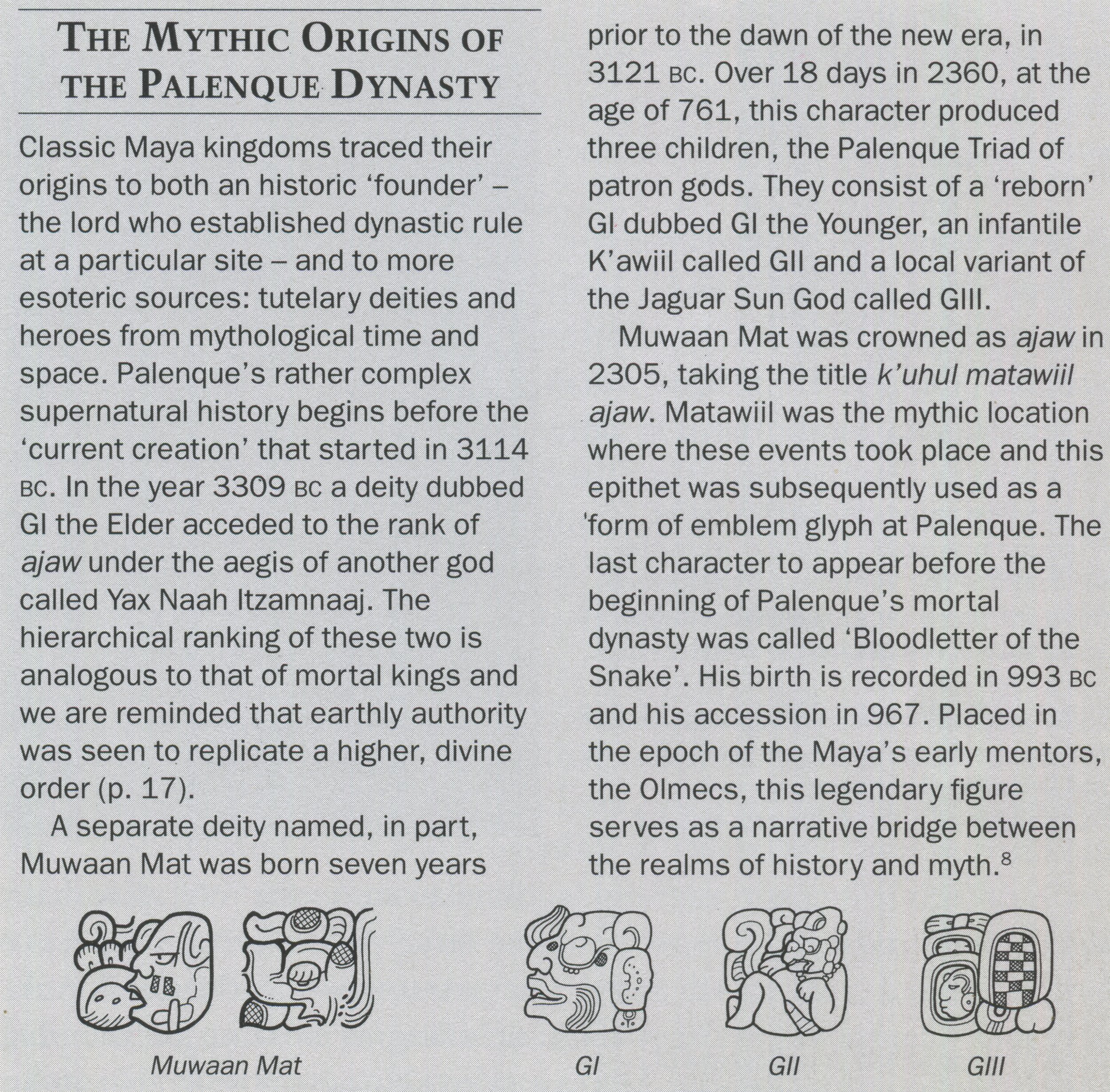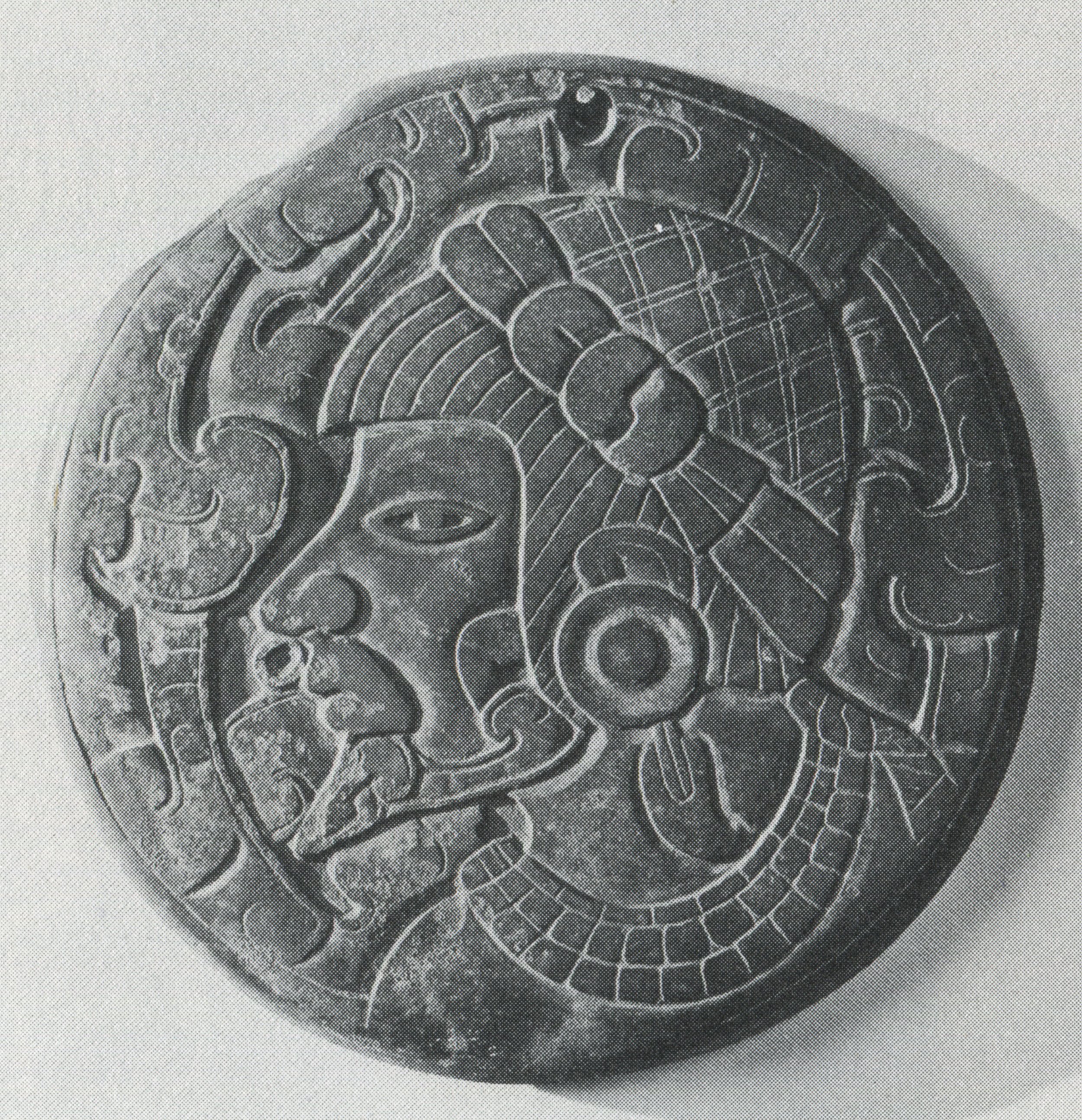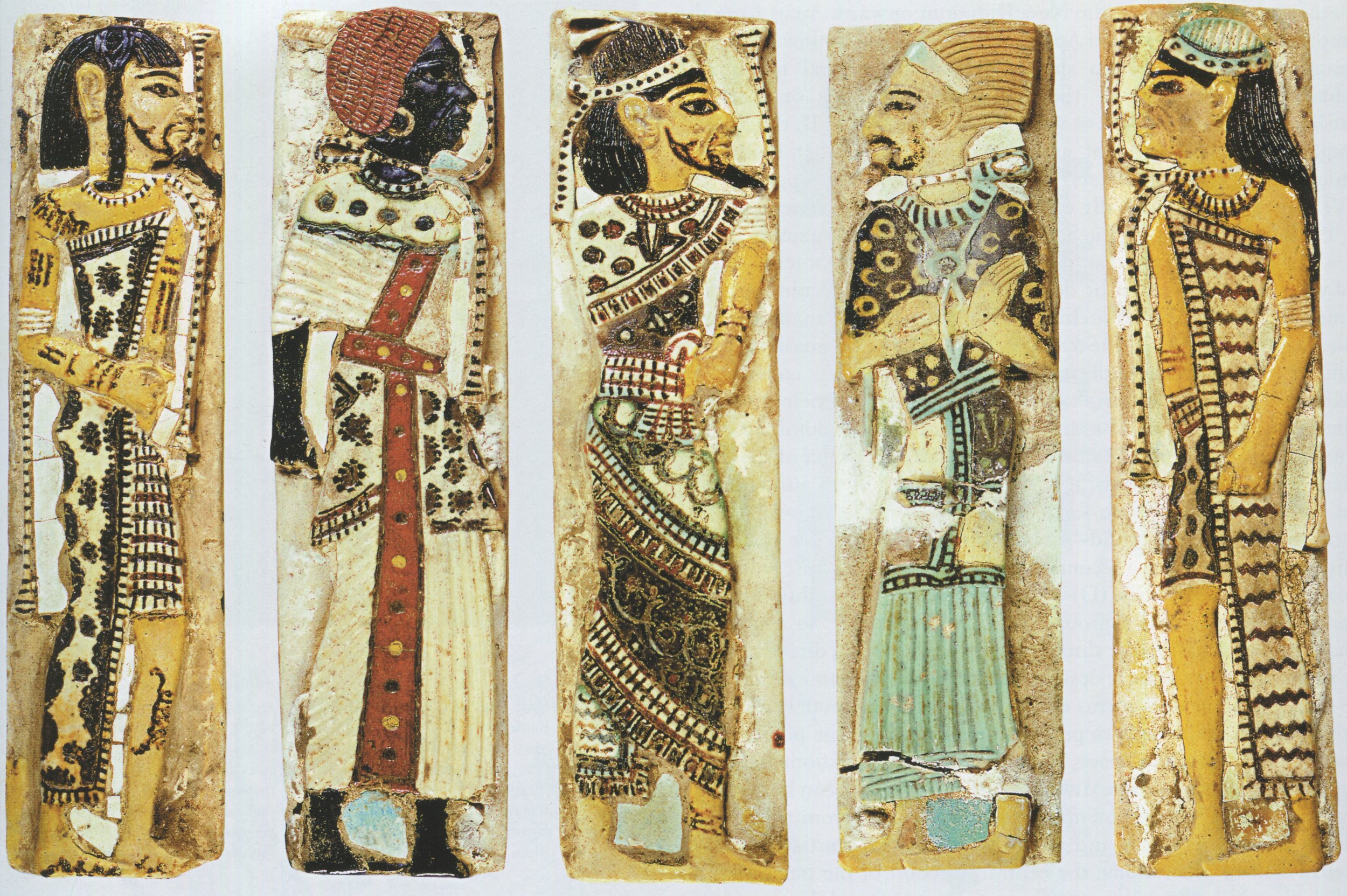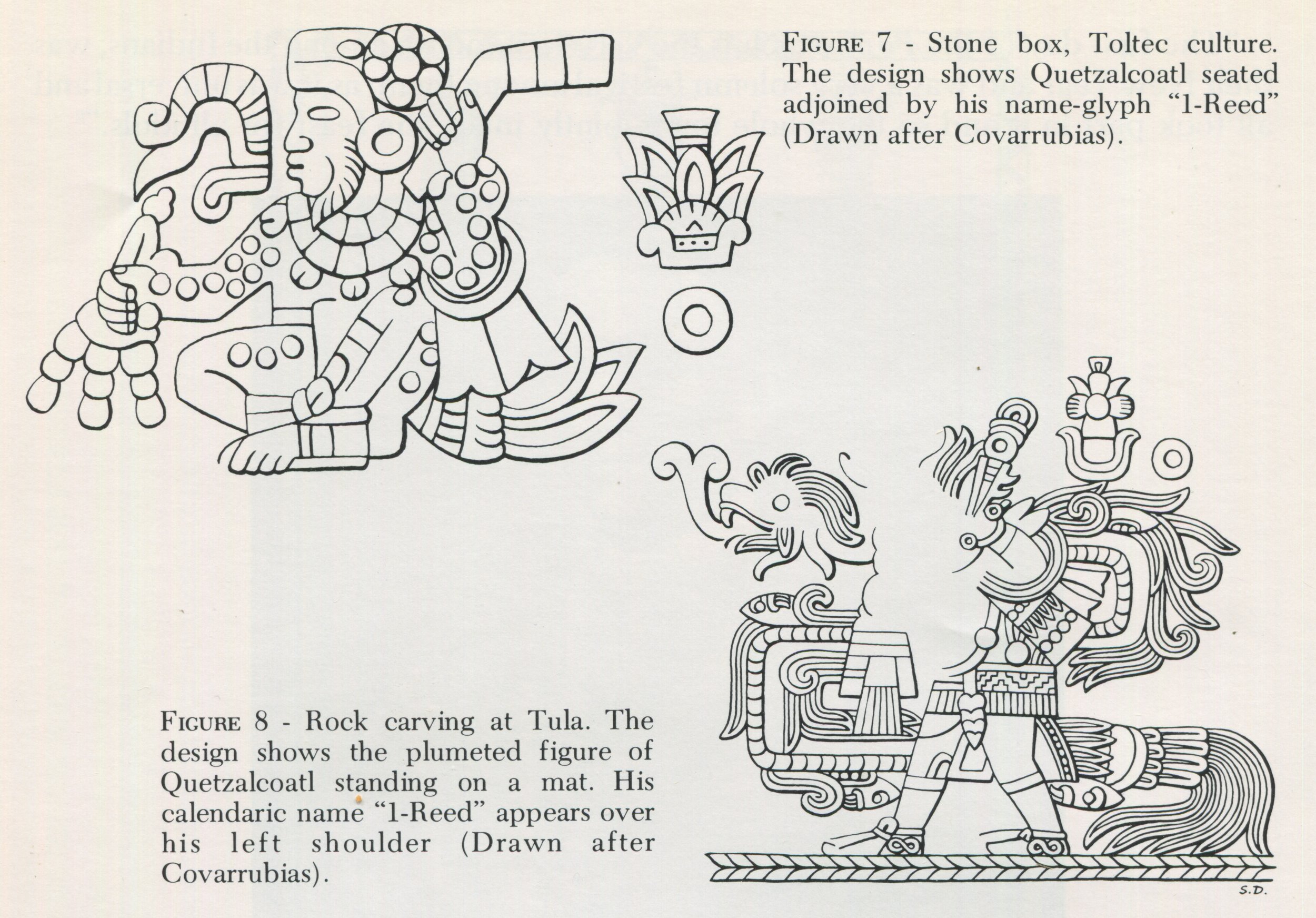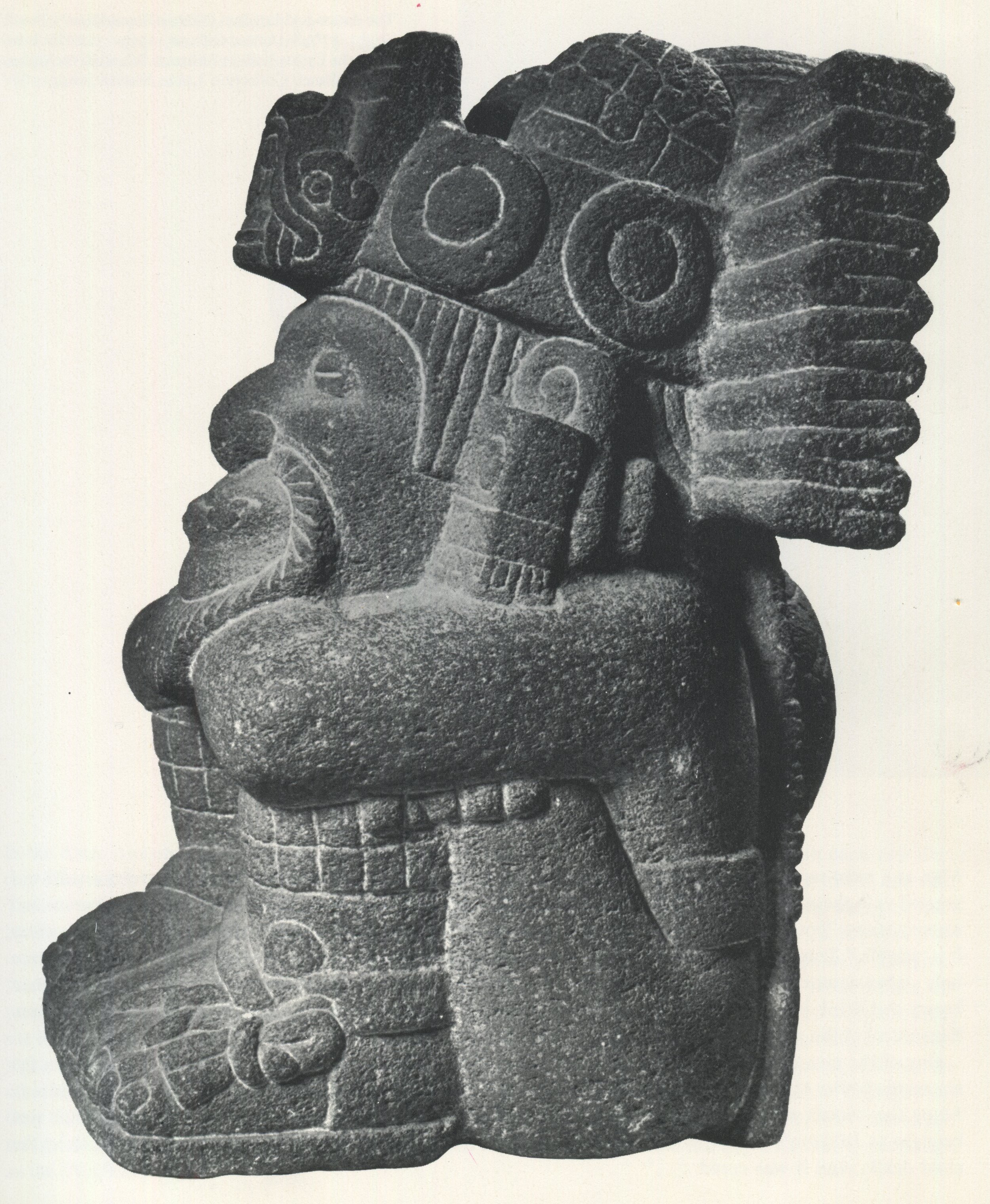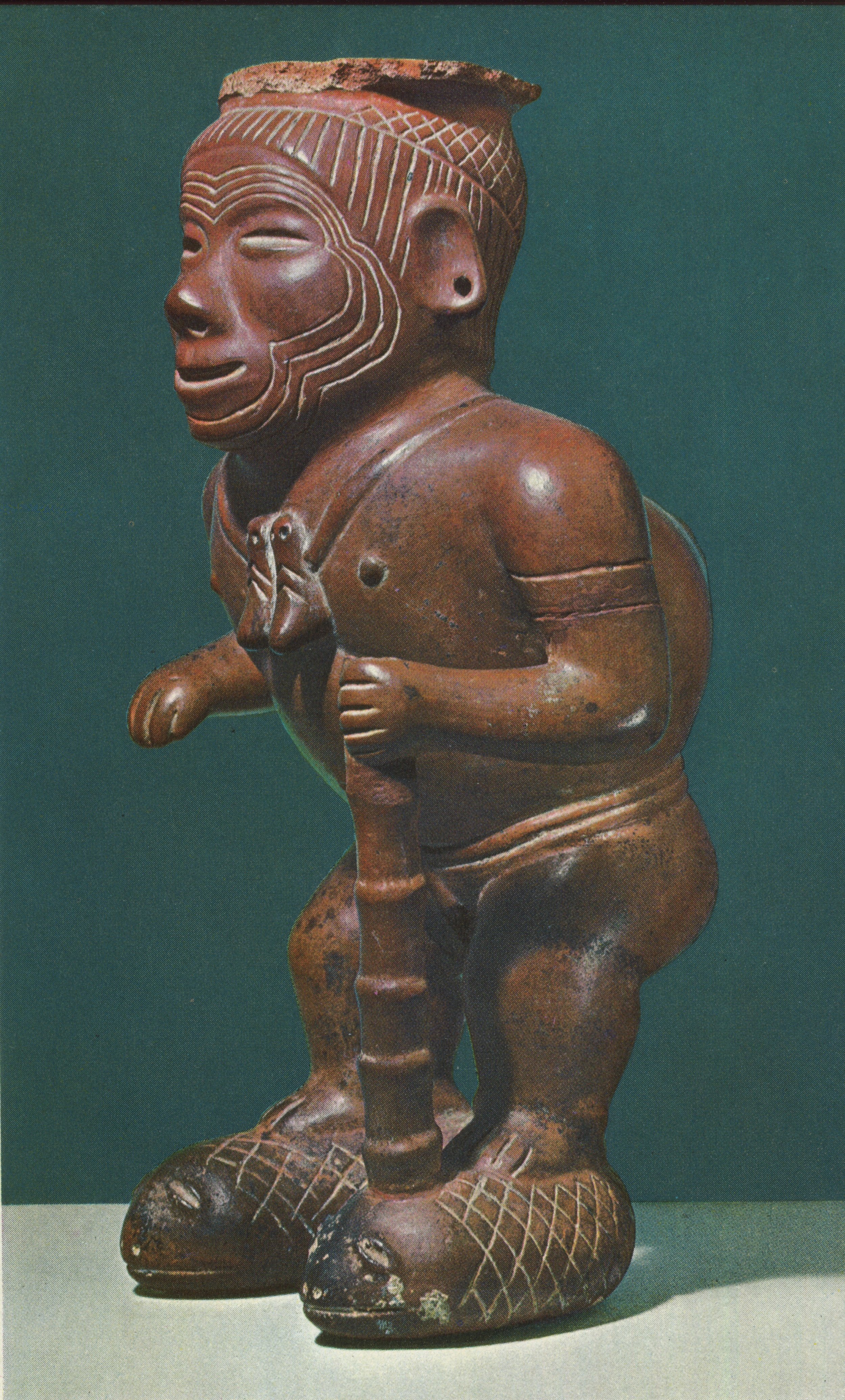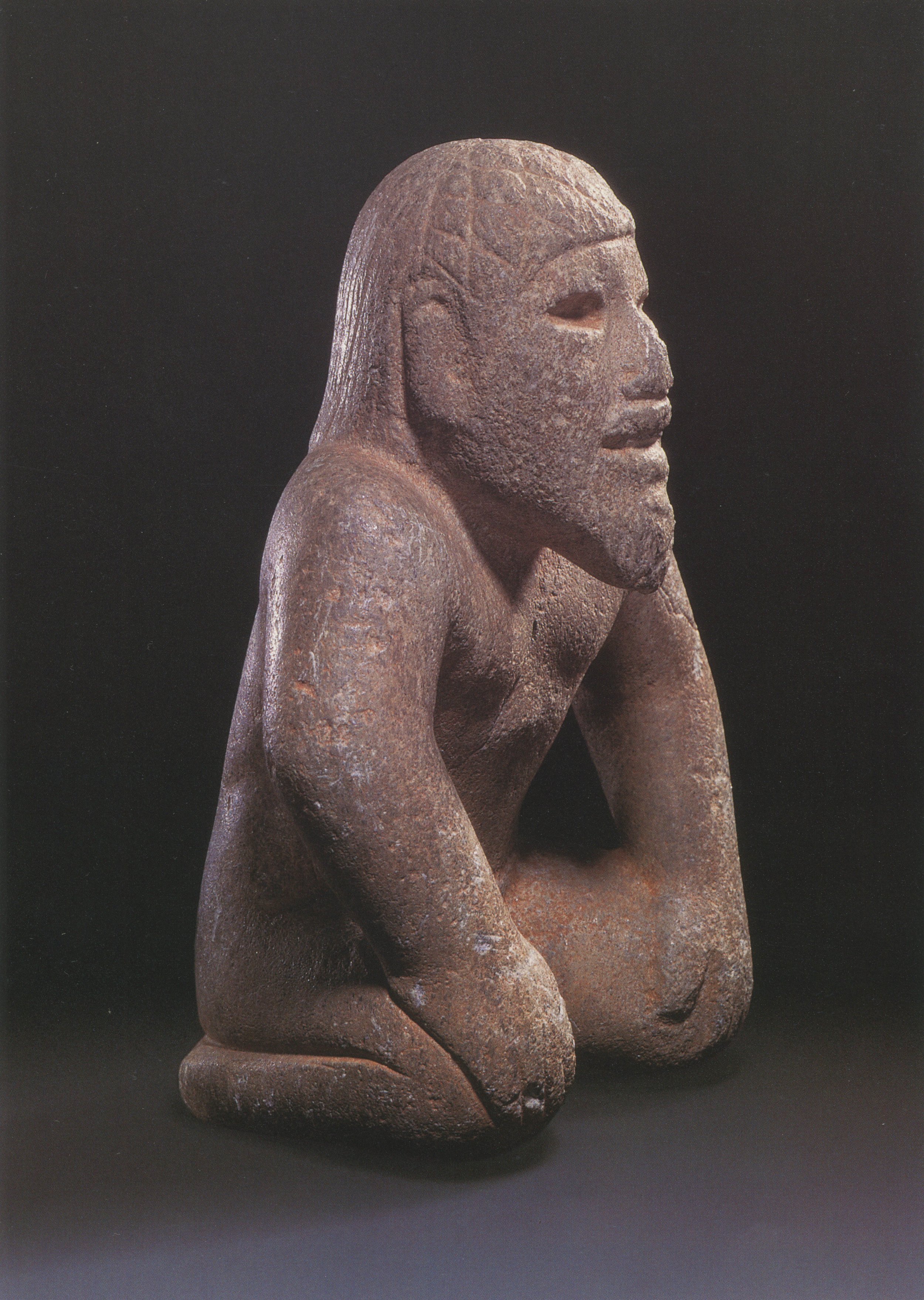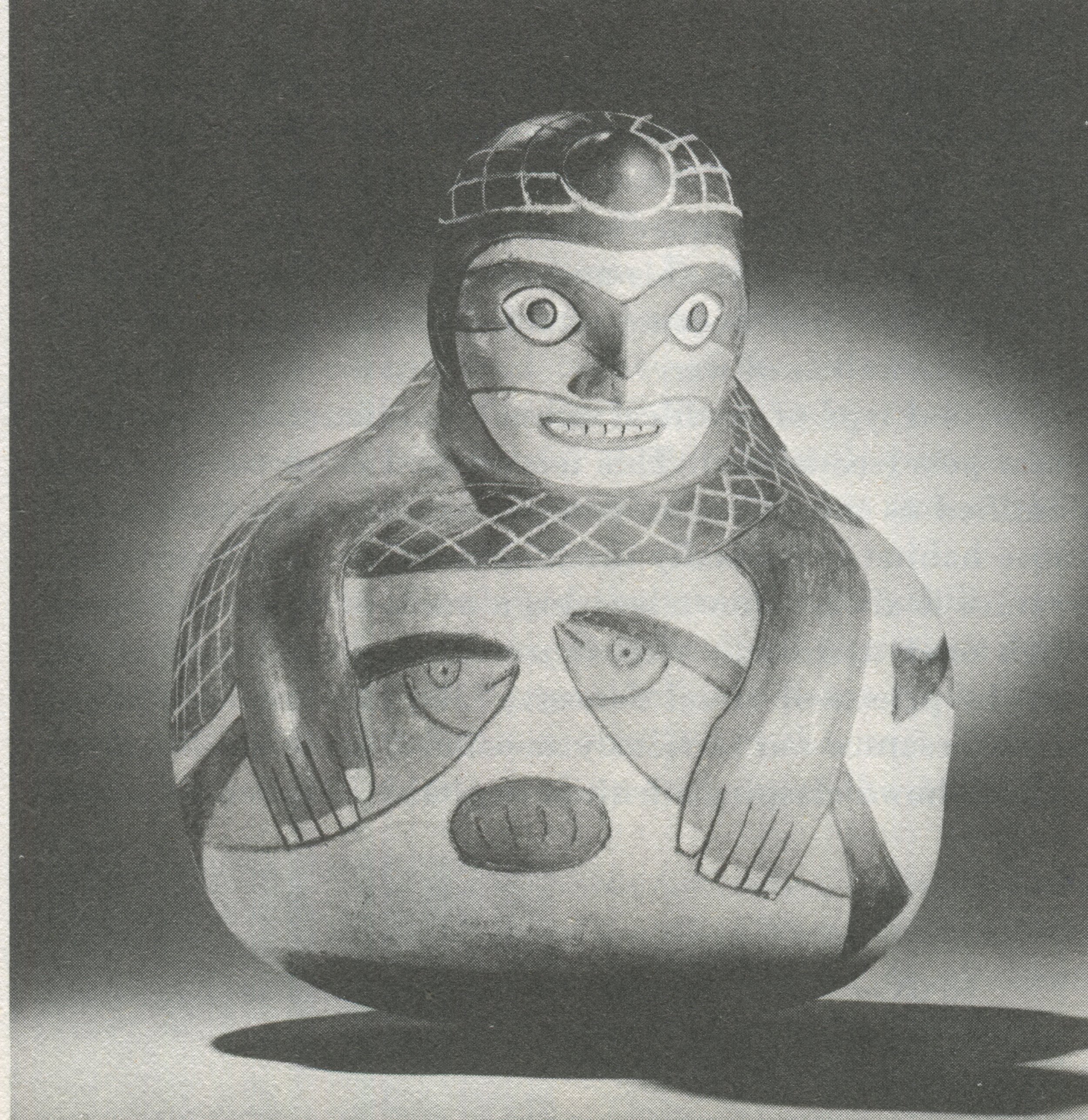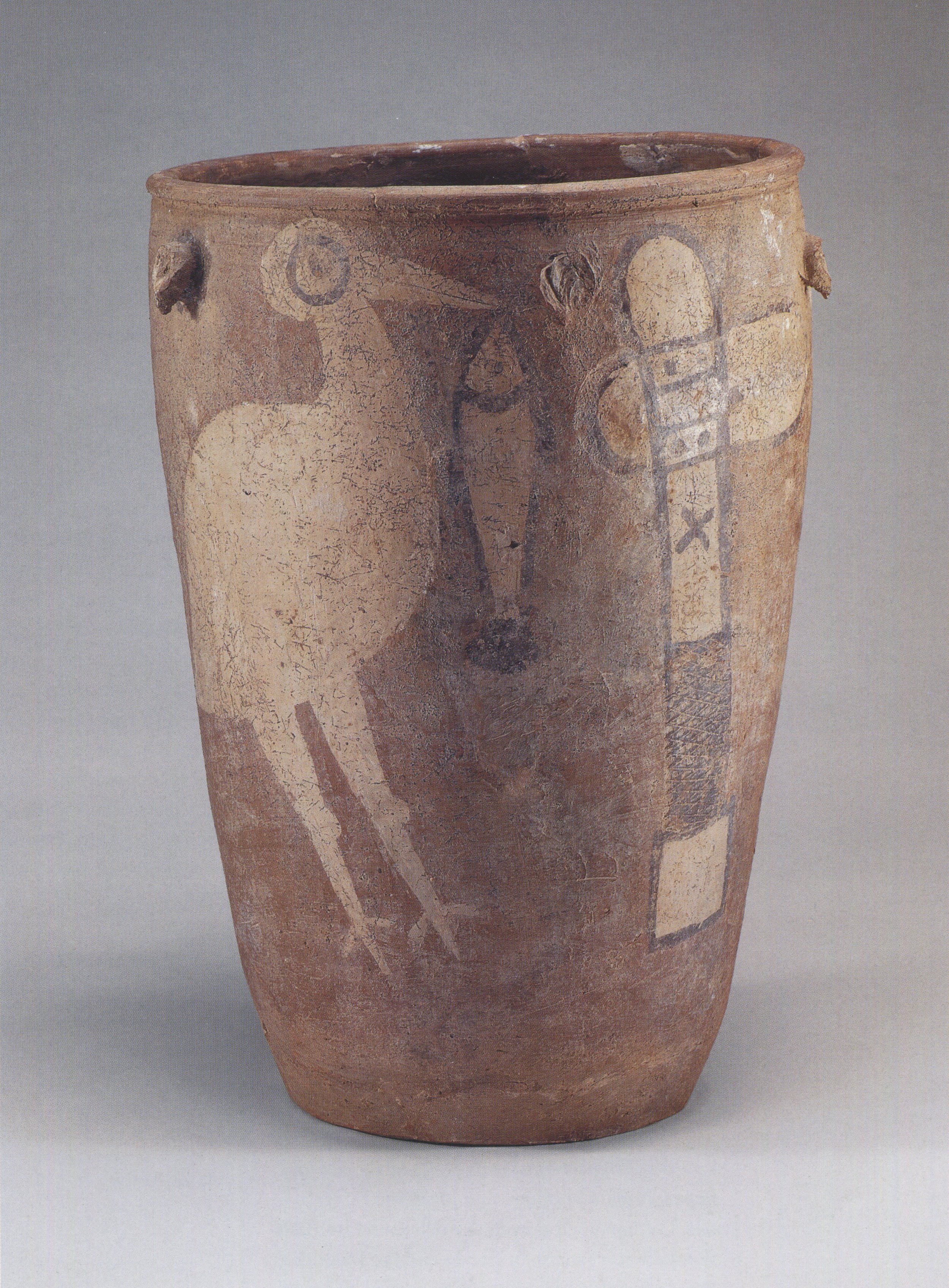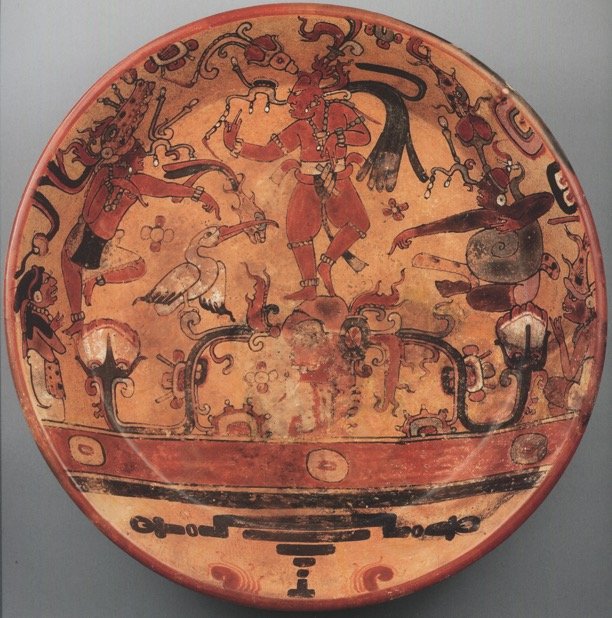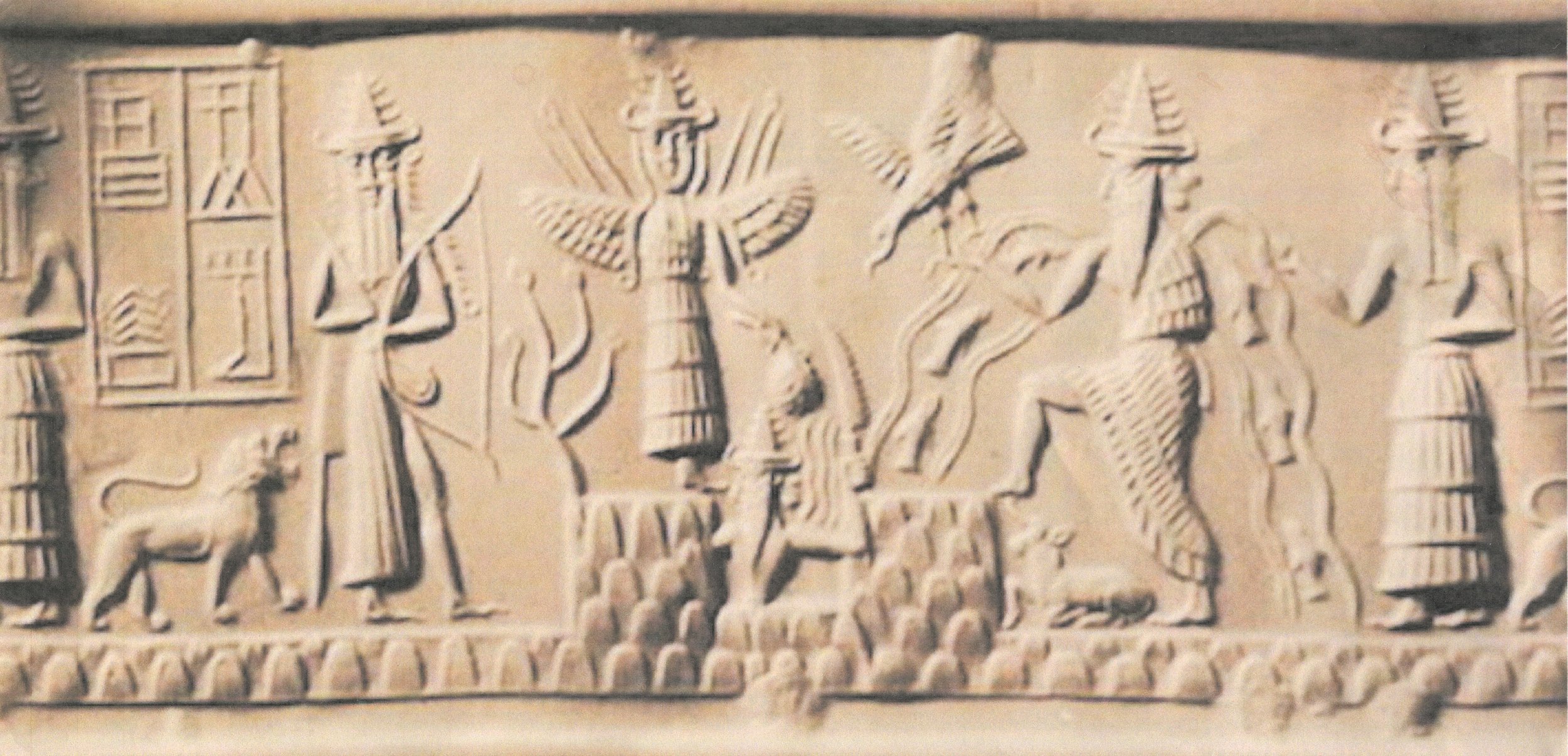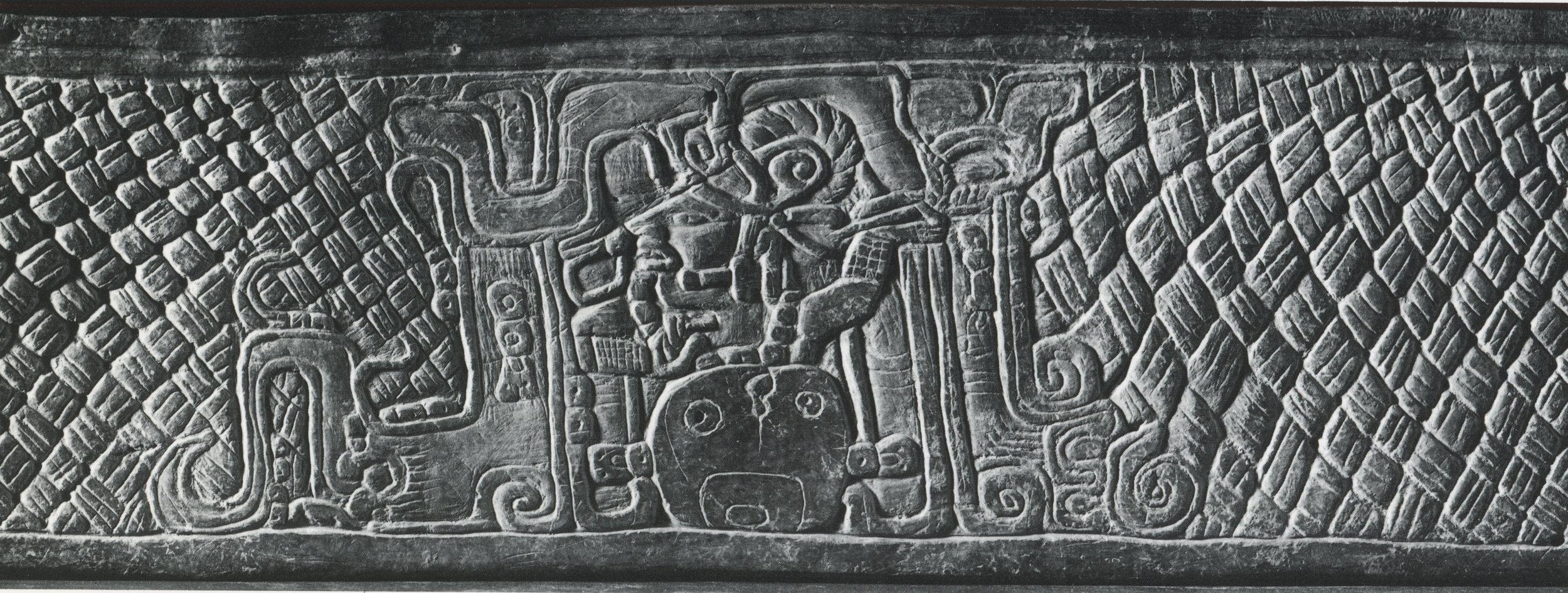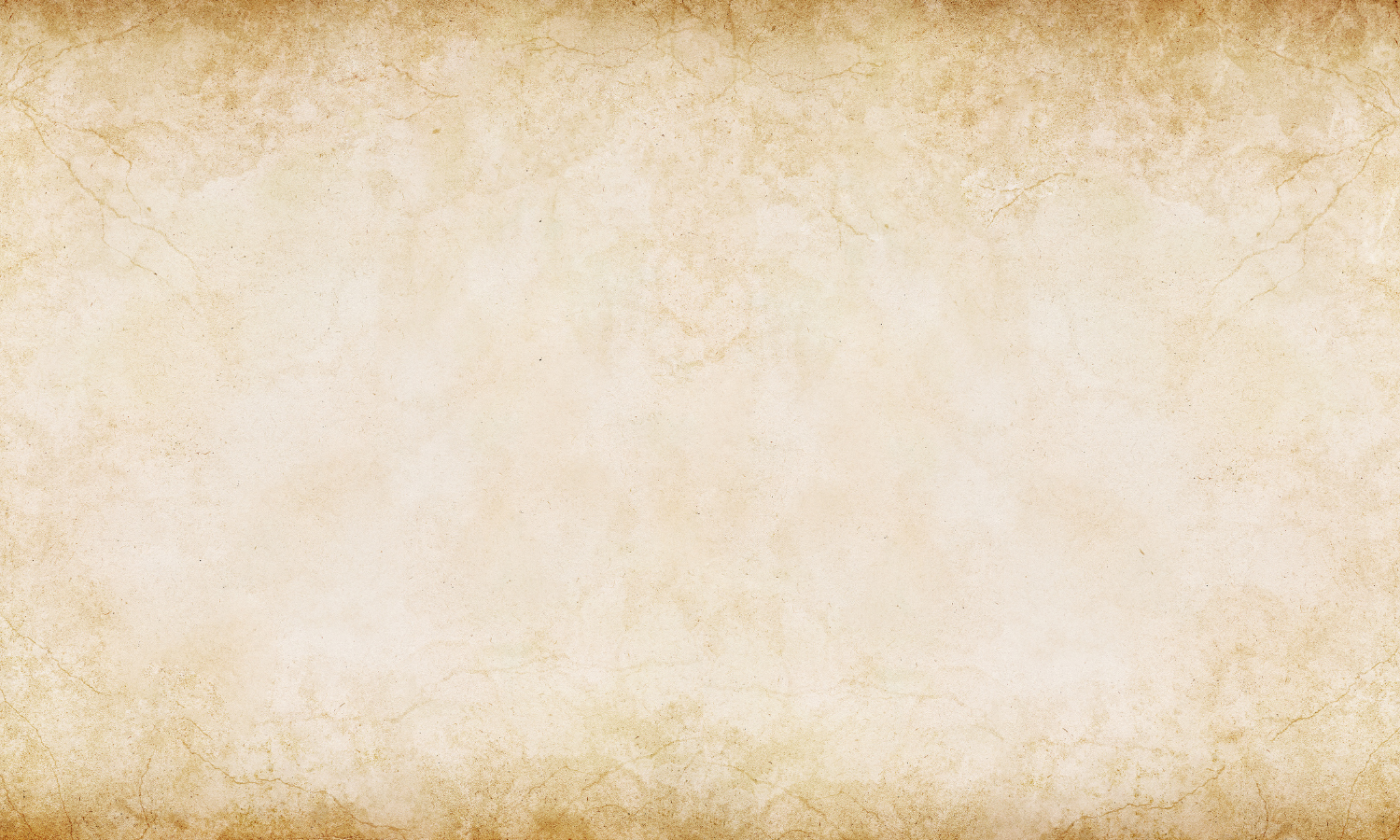
ART MOTIFS
72-93
Fig.72 Boats/Papyrus of Ani
Fig.73 Boat/Egypt
Fig. 72 Boats/Papyrus of Ani
These two Egyptian boats from the Papyrus of Ani appear to be sailing in opposite directions, possibly on the plane of the ecliptic. The two oars of the boat on the left have alternating light and dark handles similar to the ones mentioned in Fig.71. They are shown at earth’s rotation angle with the paddles just entering the water and are held in place by vertical elements with the same alternating color scheme. This boat appears to be heading west with the scarab dung beetle motif symbolizing earth’s rotation.
The much smaller boat to the right, facing east, features Osiris sitting in front of a very large orange sphere that very likely symbolizes dawn on the Vernal Equinox. The oars and their stands are similarly decorated as those of the boat at the left but are shown just touching the water’s surface and angled in the axial tilt direction, down from right to left. These boats and the hieroglyphs below them in all likelihood encode the particular roles earth’s celestial mechanics play at sunrise and sunset in the Osiris afterlife narrative.
Fig. 73 Boat/Egypt
This boat is facing towards the east with oars shown at the axial-tilt angle with handles decorated in a similar alternating color scheme similar to the oars in Fig.72, but instead of two colors, there are three different colors suggesting something other than the earth’s rotation two-color scheme. The oar’s paddles are shown in the water, possibly the plane of the ecliptic. The winged scarab beetle likely represents earth’s rotation and axial tilt. Below the water’s surface is an undulating serpent with seven spear-like motifs shown protruding at the axial-tilt angle from between the coils of the serpent which appears to be either injured or dead. The number seven, depending on context, can refer to the annual 364 day orbit around the sun as 364 divides evenly by 7 = 52. This boat motif seems to involve some sort of plane of the ecliptic-centric focus that emphasizes the relative role of earth’s orbit around the sun over the role its rotation might play in a particular interpretation of earth’s celestial mechanics in relation to the soul’s afterlife journey.

Fig.74 Tutankhamun’s Boat
Fig.75 Maya Bone carving
Fig. 74 Tutankhamun’s Boat
This model boat found in Tutankhamun’s tomb has a two-story structure decorated with the checkerboard motif. The upper story is decorated with the black and white checkerboard motif and is smaller than the lower story that is decorated with a checkerboard composed of three colors. The different sizes may be emphasizing the relative importance of whatever is being encoded by the different color schemes. The black and white color scheme may symbolize earth’s day and night rotation. Depending on context three of anything suggests the three locations on the horizon of the rising and setting sun on the solstices and equinoxes. The oars of the boat as shown are slanting down from left to right at earth’s symbolic rotation angle. The oars of the boat facing the other way would be slanting down from right to left at the axial-tilt angle. This latter scenario is more likely if what is being encoded is the Vernal Equinox. Either way, the pair of oars likely symbolize earth’s rotation and axial tilt and together with the winged scarab beetle deity symbolically encode earth’s celestial mechanics on the equinox.
Fig. 75 Maya Bone carving
The boat at the top is being rowed along the plane of the ecliptic with paddles shown slanting down from right to left at the symbolic axial-tilt angle. The railing the dead king holds onto probably represents earth’s celestial equator. The manner in which Jaguar Paddler in the bow holds his paddle with his left hand and thumb while Stingray Paddler at the stern holds his paddle similarly but with his right hand suggests the dual role earth’s tilted polar axis plays in earth’s daily rotation and on the solstices and equinoxes. Note the oval motif on the paddles with four ‘suns’ inside. Note also the hook motif for the monkey’s tail. Are these paddlers the Hero Twins?

Fig.76 Isis and Nephthys
Fig.77 Kohunlich
Fig. 76 Isis and Nephthys
Twin sisters Isis and Nephthys face to the right towards the eastern horizon. Isis appears tanned compared to Nephthys behind her who wears a semicircular blue and white checkerboard motif. (Fig.42) Nephthys seen here associated with the checkerboard motif seems to corroborate the idea that not only does the checkerboard motif symbolize the plane of the ecliptic but that Nephthys may also represent the feminine component of earth’s orbit around the sun that combined with Isis, the celestial equator, create the 23.4 degree wide ‘Golden Womb’. (Fig.1) The angles of the trailing ends of Isis’ headband appear to be encoding earth’s rotation and axial tilt. The red headband wrapping around her head likely symbolizes earth’s orbit around the sun, the plane of the ecliptic. Nephthys is shown wearing a similar headband and together with Isis both appear to be greeting the rising sun, possibly at dawn on the Vernal Equinox.
Fig. 77 Kohunlich
This architectural checkerboard motif with ‘T’ framing along with the three off center cylinders below framed between two horizontal borders that possibly symbolize the plane of the ecliptic and or earth’s celestial equator may be part of a larger panel meant to encode not only earth’s celestial mechanics on the Vernal Equinox and the zenith passage of the sun which can be used to determine latitude but also some way to determine longitude. Kohunlich 88.47w is coincidentally located exactly 120 degrees longitude west of Giza 31.13e.

Fig.78 Palenque Triad c.3214 BCE
Fig.79 Totonac Carving
Fig. 78 Palenque Triad c.3214 BCE
GI, GII, and GIII represent earth’s celestial mechanics. GI represents earth’s rotation on its tilted polar axis, the celestial equator, the Feathered Serpent. GII represents either the pole star or earth’s polar axis, more likely the relationship between the two. And GIII symbolized by the glyph with the checkerboard motif represents earth’s orbit around the sun, the plane of the ecliptic.
Fig. 79 Totonac Carving
This figure faces to the left and wears a diamond-net motif hairnet with a headband that slants down from left to right symbolizing earth’s celestial equator. (Fig.85) His elliptical eye (Fig.15) and beard are nearly identical to the figure identified as a bearded Syrian in Fig.80. He wears a circumpuct type ear spool suggesting either orbit or rotation and a three-stranded necklace that possibly symbolizes earth’s orbit around the sun, its rotation, and its tilted polar axis.

Fig.80 Enemies of Egypt c. 1170 BCE Western Thebes
Fig.81 Toltec Bearded Quetzalcoatl
Fig. 80 Enemies of Egypt c. 1170 BCE Western Thebes Egypt
Compare the Bearded Syrian with the elliptical eye in the center to the Totonac carving in Fig.79.
Fig. 81 Toltec Bearded Quetzalcoatl
The drawing of the Toltec box at the upper left directly links Quetzalcoatl’s name glyph to the ‘bearded one’ suggesting a foreign origin for the feathered serpent body of knowledge.

Fig.82 Maya Vase (K4332)
Fig.83 Aztec Statuette
Fig. 82 Maya Vase (K4332)
Casper, Palenque’s second king, is shown bearded and facing to the left. Though difficult to see he likely wears a diamond-net hairnet. He has an oval eye and wears an ear spool in his left ear. The open left hand and the fingers and thumb of his right hand arranged in a right angle are both shown touching a very faint line that ‘goes around’ the vase. The circular glyph to the far left along with Casper’s ear spool and the oval motif in the glyph at the far right all seem to suggest various aspects, or interpretations of the earth’s celestial mechanics and how they may relate to the soul’s afterlife journey. The glyph at the far left may be encoding an equinox alignment of earth’s tilted polar axis with the plane of the ecliptic.
Fig. 83 Aztec Statuette
This bearded figure likely carved in the round may be facing west or possibly east and observing the night sky or the heavens as they come and go at sunset or dawn. His headdress is composed of a netted hairnet with a large headband slanted at the celestial equator angle with two very large concentric circles with parallel vertical bands, or hair, falling just below at the axial-tilt angle that along with the hook motif in the ear appear to encode most if not all of the knowledge of celestial mechanics known by astronomer priests. The checkerboard anklet he wears shown on both ankles symbolizes him either sitting on the plane of the ecliptic or on earth’s celestial equator, possibly both on the Vernal Equinox. His posture and gazing skyward with slit eyes in contented wonderment suggests he may be communing with Heart of Sky, the pole star, in an altered or near death state. The slit eye is often associated with death. See Fig.84. In this instance he would be facing true north.

Fig.84 Colima Ceramic Pacific Coast Mesoamerica
Fig.85 Olmec Bearded Figure
Fig. 84 Colima Ceramic Pacific Coast Mesoamerica
This hunchbacked figure is shown facing left or right, west or east, and standing on two fish, one decorated with the diamond-net motif and the other with a more square or rectangular net shape. He wears what appears to be a vertical-square hairnet with a supporting band of some sort slanted at the celestial equator angle. There are parallel vertical bands, or hair just below falling first at the axial-tilt angle and moving to vertical at the center of his forehead. This is remarkably similar to Fig.83. With his left hand he holds something pole like vertically that rests on the head of the fish with the diamond net motif under his left foot. If the pole held in the left hand symbolizes earth’s axis this particular symbolic encoding may have something in common with the shepherd’s crook held by Jesus also with his left hand. (Fig.119) Note the hook shaped ear.
Fig. 85 Olmec Bearded Figure
This bearded figure wears a diamond-net hairnet and appears to be gazing at the horizon and the rising or setting sun likely on a solstice or equinox. This artifact dates the ‘bearded one’ with the diamond-net motif to as early as the Olmec civilization.

Fig.86 Diamond Hairnet South America
Fig.87 Ceramic South America
Fig. 86 Diamond Hairnet South America
The diamonds on this diamond hairnet are arranged in rows that slant down from left to right and right to left symbolically mimicking earth’s rotation and axial tilt. The interwoven and alternating rows of diamonds likely symbolize the knowledge of the relationship between geometry and earth’s celestial mechanics known by whoever wore it, likely an astronomer priest or priestess.
Fig. 87 Ceramic South America
This globular figure is shown holding two elliptical fish with circumpunct eyes and wearing a vertical-square net cape and a ‘polar grid’ hairnet. Polar grids are used in spherical trigonometry. The different ways the fish are held with the fingers of the right hand just touching the inside ellipse of the fish and the fingers of the left hand overlapping the side of the other fish seem to be encoding two different versions of the same geometry, possibly trigonometry. The elliptical shaped eyes with perfectly round eyeballs may be alluding to seeing and knowing about earth’s rotation on its axis and its orbit around the sun. The way the circumpunct eyes of the fish under-lap the upper edges of the fish is in all probability another geometric celestial mechanic clue. The combined net and fish motifs found on this South American ceramic and the ceramic from the Pacific Coast Colima culture of Mexico Fig.84 seem to point to some type of Pacific Coast cultural exchange.

Fig. 88 Codex Nutall Mixtec c.1000CE Oaxaca, Mexico
Fig.89 Chinese Vase c.4th century BCE
Fig. 88 Codex Nutall Mixtec c.1000CE Oaxaca, Mexico
There are two polar grid motifs on this page of the Nuttall codex, upper center and far left center. Do they definitely imply the knowledge and use of spherical trigonometry or are they a unique and specialized form of symbolism encoding related meanings within a larger body of knowledge? The polar grid motif at the top center is shown with a hook and feathers motif just touching the upper circumference of the grid. This likely represents the feathered serpent body of knowledge in relation to earth’s rotation and possibly its horizon. The feathers represent the earth’s rotation and the hook, its axial tilt. The other polar grid at far left center has a polar grid with a motif tilted at the celestial equator angle planted either in the center or north-pole of the grid, but more likely what appears to be the equator, inferring earth’s rotation and the sun’s zenith passage on the equinox. Though these polar grids do not seem as accurately depicted as the South American hairnet, Fig.86, the overall rarity of this motif throughout Mesoamerica and this one being from Oaxaca further suggests a certain amount of cultural exchange along the Pacific Coasts of South and Central America.
Fig. 89 Chinese Vase c.4th century BCE
The bird is shown with a circumpunct eye and holding vertically in its beak a nearly identical elliptical fish as the ones found on the South American ceramic in Fig.86. The vertical axe-like motif at the right has a crosshatched handle with a square base and rounded top. The oval horizontal ‘axe head’ implies orbit or rotation and the darker semi-circle attached to the left side of the handle seems to suggest the sun on the horizon, possibly on the Vernal Equinox. This device may be ‘hacking time’, either the earth’s 24-hour rotational notch into the 364 day plane of the ecliptic or the ever so slight daily change in the angle of earth’s tilted polar axis relative to the plane of the ecliptic. This motif is very similar to the one on the Maya wall panel in Fig.6.

Fig.90 Maya Plate
Fig.91 Maya Vase (K4151)
Fig. 90 Maya Plate
Compare the ‘bird-fish’ motif on this Mayan plate with the Chinese vase above Fig.89. The trident motifs at either end of the scroll are very similar to ones found on both the Chinese Loong Dragon Fig.131 and the Buenavista Vase Fig.141.
Fig. 91 Maya Vase (K4151)
Compare the bird-fish motif on this Mayan vase with the Mayan plate, Fig.90 and the Chinese vase, Fig,89.

Fig.92 Akkadian Cylinder Seal Rollout ca.2000 BCE Mesopotamia
Fig.93 Maya Vase (K636)
Fig. 92 Akkadian Cylinder Seal Rollout ca.2000 BCE Mesopotamia
The bird on this cylinder seal rollout is shown perched or landing onto a serpent like stream of water full of fish that suggests an Akkadian version of a feathered serpent encoding of earth’s celestial mechanics.
Fig. 93 Maya Vase (K636)
Compare what this Mayan figure is doing and how and where he is depicted with the central figure on the Akkadian cylinder seal rollout in Fig.92. They both face to the left, likely towards the west while similarly emerging from between two, mostly vertical motifs and hacking something, probably ‘time’ at sunset, perhaps on an equinox. This Mayan figure has a perfectly flat, sloped forehead at the axial-tilt angle that ends with the hook motif symbolizing earth’s tilted axis. To his left is a diamond net and to his right is more of a vertical-square net. His forearm is decorated with the checkerboard motif suggesting earth’s orbit around the sun, the plane of the ecliptic. The similarity between these two artifacts thousands of miles and years apart suggests a near universal Old World belief system or body of knowledge based on earth’s celestial mechanics finding its way to Mesoamerica.
